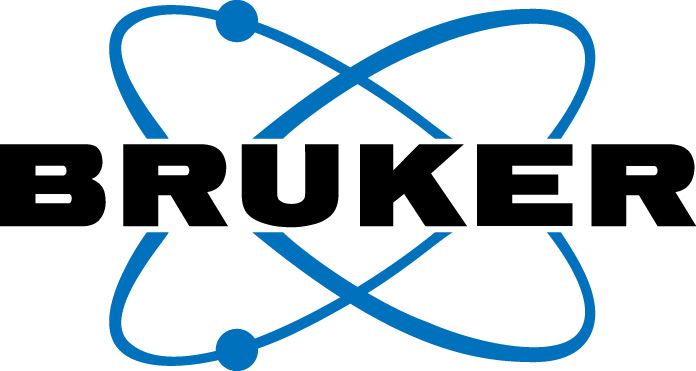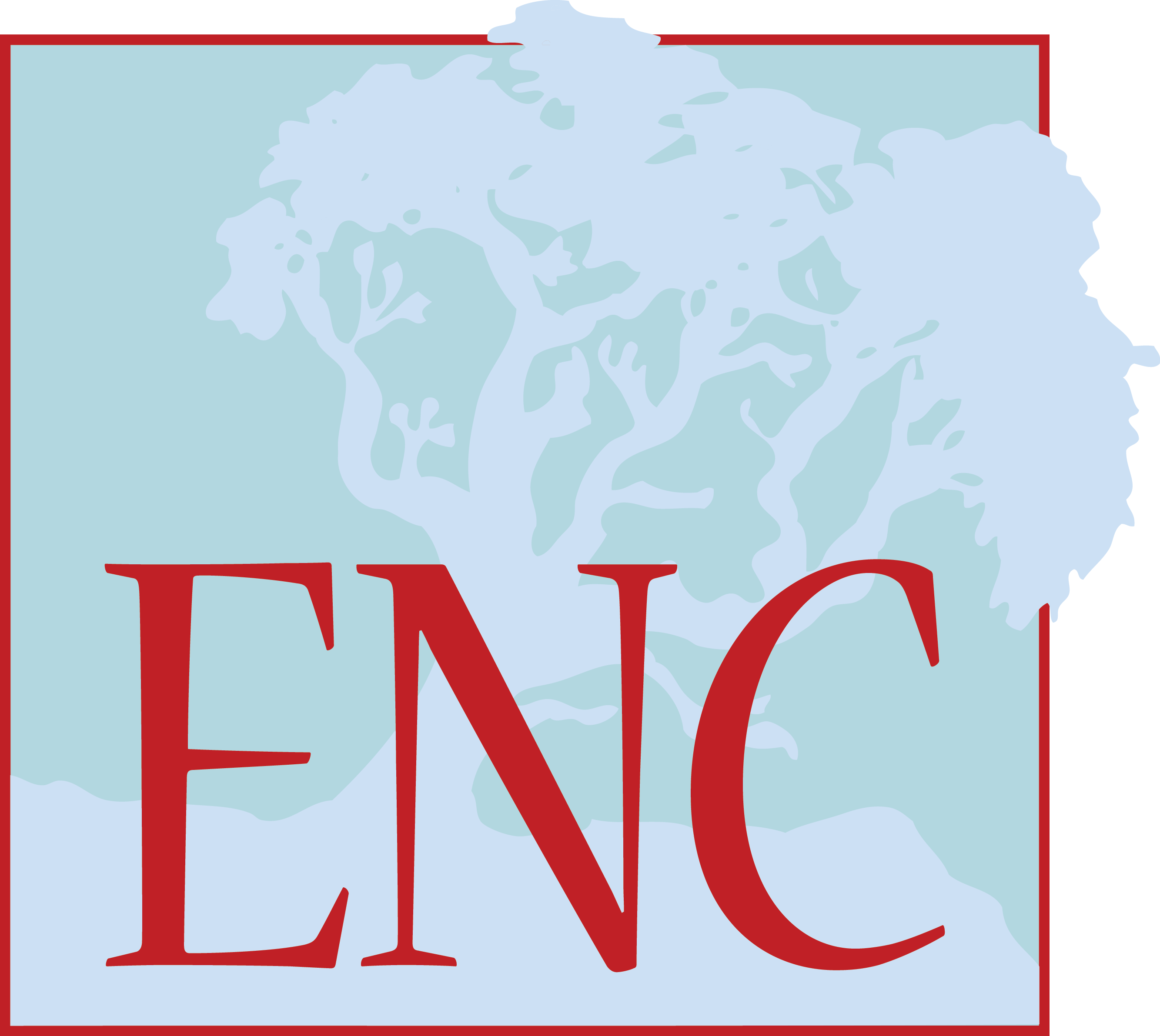Günther Laukien Prize The Laukien Prize was established in 1999 to honor the memory of Professor Günther Laukien, a co-founder of Bruker. The Prize carries a monetary award of $20,000 generously funded by Bruker and the receipient(s) will deliver the opening plenary at the ENC. The Laukien Prize is intended to recognize cutting-edge experimental NMR research with a high probability of enabling beneficial new applications. There is no career stage or career sector eligibility requirement for nominees or nominators. View listing of Past Recipients of the Gunther Laukien Prize Nomination Deadline is October 31. Nominators may come from any career stage or career sector. To make a nomination provide a simple document with the following information and email to enc@enc-conference.org by October 31:
2025 RecipienTZhehong Gan |
Submit a Nomination for 2026 DEADLINE To Make a NominationNominations should include the following and be submitted by October 31: Name of nominee, the nominee's affiliation, address, phone, email; name of nominator, address, phone, email; a brief (no more than 200 words) description of the work serving as the basis for the nomination; and a list of relevant publications (no more than 5). Please send submissions by email to enc@enc-conference.org View listing of Past Recipients of the Gunther Laukien Prize |
 Experimental Nuclear Magnetic Resonance Conference
Experimental Nuclear Magnetic Resonance Conference




